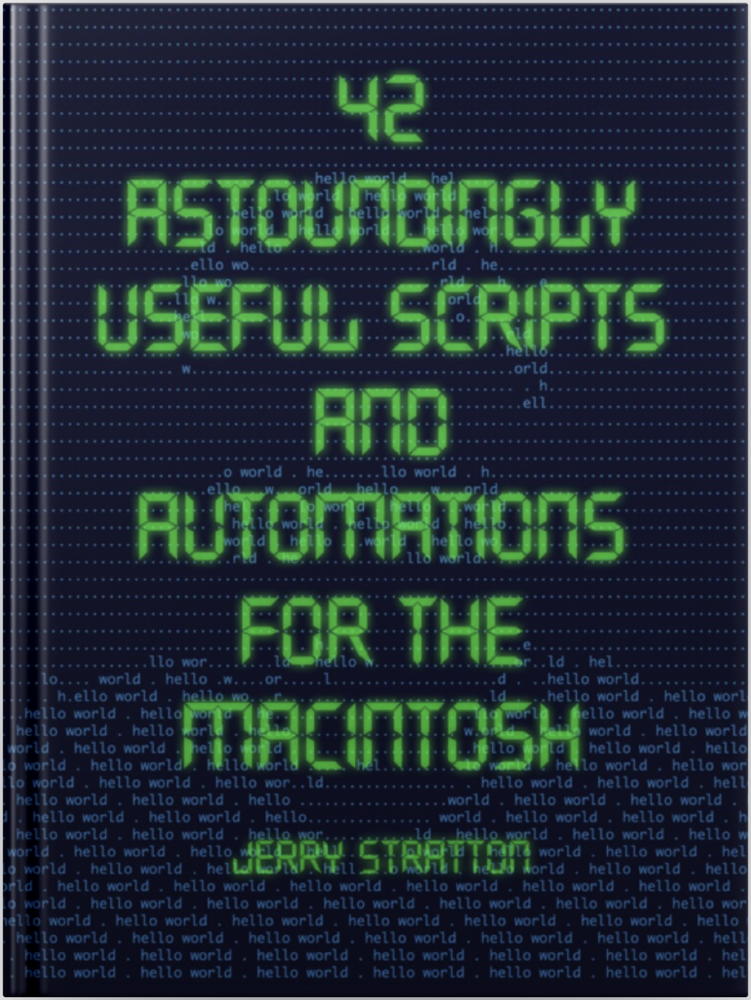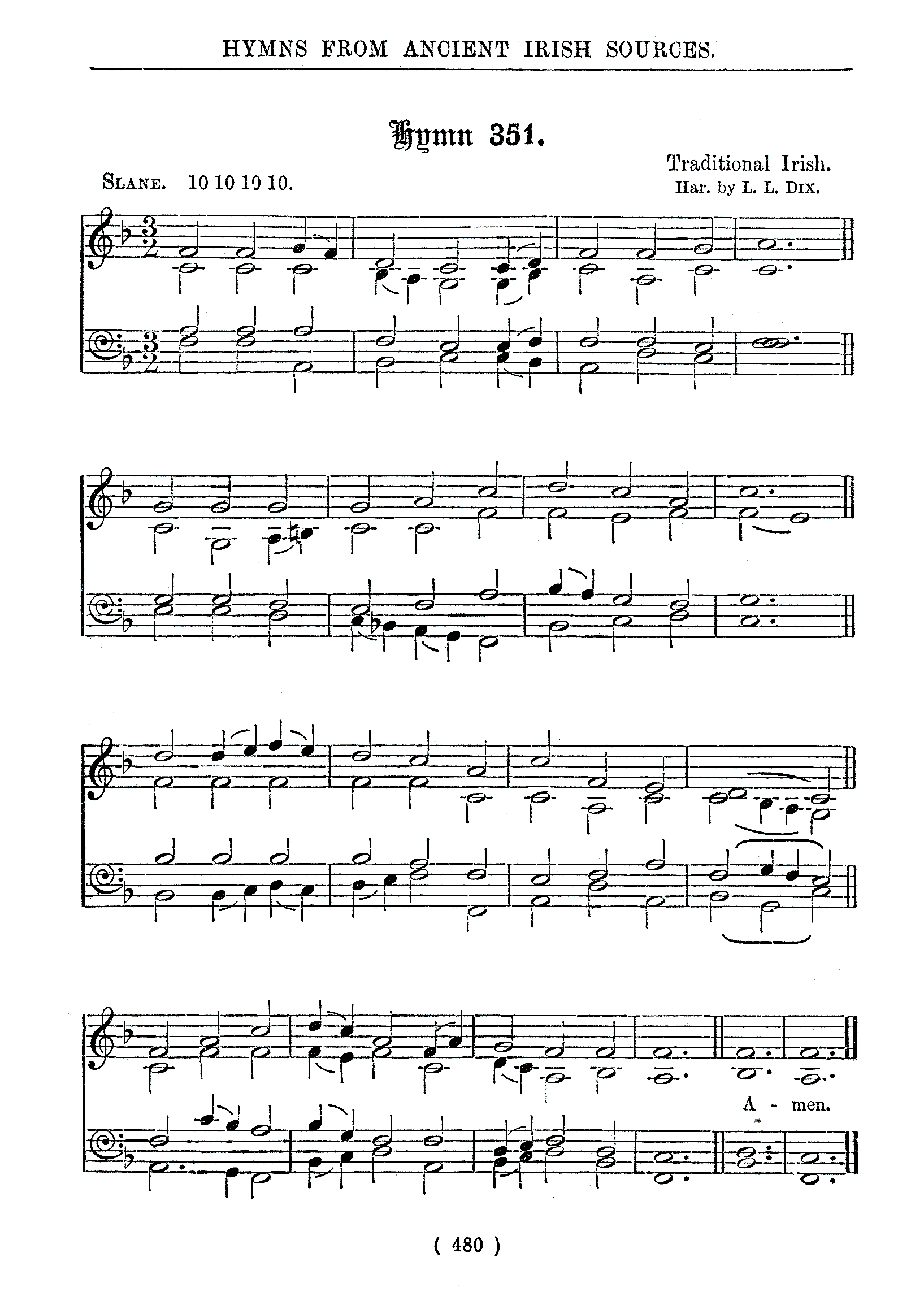In December 1985, George and Ellen Aftamonow’s “Rudolph the Red-Nosed Reindeer” article gave us an illustrated Christmas carol.
Your computer’s screen will present a series of graphics illustrations, which match the song’s lyrics, while playing the famous holiday tune. Rudolph the Red-Nosed Reindeer takes advantage of the
POKE 178command, which allows a brilliantly colored screen that otherwise would not be possible.
The infamous POKE 178 was related to artifact colors. Like Arron Branigan’s snowman, the Aftamonows’ story-telling graphics and music program uses artifact colors.
When the program first starts, you will see a large dot on your screen. This dot should be red. If not, press Reset and
RUNuntil you get a red dot, or instead you’ll have “Rudolph the Blue-Nosed Reindeer.”
The POKE command allowed you to change values in your computer’s memory. This included the parts of your computer’s memory that controlled hardware and that were the operating system. Modern computers won’t generally let you do this, for the obvious reason that you can really screw things up, as well as the less obvious reason that in a world of networked computers it’s a gigantic security risk. If you’ve ever seen a program crash with a segmentation fault, that program was likely trying to do something with or to memory it shouldn’t have been.
What POKE 178, X did was change the value of memory at location 178. By default it was three. This value controlled the color that commands such as LINE or CIRCLE drew.
Most of the time, their program poked a low value in location 178, such as 1:
- 670 DRAW"BM24,34"+SA$:POKE178,1:PAINT(32,38),,1:POKE178,3
This changed the solid color pattern to another solid color pattern, depending on the random startup of the video display generator; did the paint, and then went back to the default value.
But larger numbers produced multi-colored stripes.
- 420 POKE178,155:PAINT(52,146),,1:PAINT(100,148),,1:POKE178,3
This was one way that more than two colors could be displayed on the TRS-80 Color Computer’s two-color graphics mode. If you have a Color Computer, or an emulator such as xroar, you can play around with them using this program:
- 9 REM GET INITIAL X
- 10 INPUT "VALUE FOR 178";X
- 11 IF X > 255 THEN SOUND 55,1:GOTO 10
- 19 REM PREPARE GRAPHICS SCREEN
- 20 PMODE4,1
- 21 PCLS
- 22 SCREEN1,1
- 49 REM DRAW GRAPHICS
- 50 PCLS
- 51 CIRCLE(60,60),56
- 52 POKE 178,X
- 53 LINE(128,96)-(230,190),PSET,BF
- 54 PAINT(60,60),,1
- 59 REM RESTORE VALUES
- 60 POKE 178,3
- 61 X=0
- 99 REM GET NEW NUMBER
- 100 A$=INKEY$
- 101 IF A$="" THEN 100
- 102 IF ASC(A$)=13 THEN 50
- 103 IF ASC(A$) < ASC("0") OR ASC(A$) > ASC("9") THEN 10
- 104 IF X*10+VAL(A$) > 255 THEN SOUND 55,1 ELSE X=X*10+VAL(A$)
- 105 GOTO 100
I expanded this code from Kishore M. Santwani’s 500 Pokes Peeks ’n Execs for the TRS-80 Color Computer. There were many memory locations that did strange things, and knowing what to poke where was like knowing magical spells.1
The program does not reproduce the song’s lyrics. You and your family are expected to sing along with the computer program. The program has four images. The first three are the splash screen, the infamous reindeer games, Santa noticing Rudolph’s bright nose. This is the fourth image, from the end of the song when Rudolph (spoiler) saves Christmas and goes down in history by leading Santa’s team of reindeer on Christmas Eve.
In response to 8 (bit) Days of Christmas: Eight holiday images created on the TRS-80 Color Computer, from the early to mid eighties.
The
↑PEEKfunction allowed you to see what was at a memory location, and theEXECcommand allowed you to run the program located at a particular memory location. If you attempted to execute a memory location that was not in fact a program you were likely to freeze your computer and have to reset or restart.
- 8 (bit) Days of Christmas: Day 110 (Snowman)
- Day 110 of the 8 (bit) days of Christmas is Arron Branigan’s snowman, from December 1986. One of the strangest features of home computers of the era, including the TRS-80 Color Computer, was the use of “artifact colors” to produce more colors than were supposedly possible on the machine.
More Color Computer
- Simple game menu for the Color Computer 2 with CoCoSDC
- This simple menu provides one screen for cartridges saved in the CoCoSDC’s flash ROM, and any number of screens for your favorite games for your friends to play.
- Rainbow Magazine preflight tool enhanced
- I’ve added several features to the Rainbow Magazine preflight tool, including a check for references to line numbers that don’t exist.
- CoCoFest! 2021
- Forty years later, I finally make it to CoCoFest!
- BASIC tokenization examined
- Why do old BASIC programs have strange characters in their .BAS files? Why do they look like they’re compiled code?
- What are the 8 bits in 8-bit computing?
- Retro computing is often called 8-bit computing. This is because the bytes that these computers use are composed of eight bits, and much of what the computer does is operating on these individual bits, not on the byte as a whole.
- 19 more pages with the topic Color Computer, and other related pages
More computer history
- Creative Computing and BASIC Computer Games in public domain
- David Ahl, editor of Creative Computing and of various BASIC Computer Games books, has released these works into the public domain.
- Hobby Computer Handbook: From 1979 to 1981
- Hobby Computer Handbook lived for four issues, from 1979 to 1981. Back in 1979 and 1980, I bought the middle two issues. I’ve recently had the opportunity to buy and read the bookend issues.
- Hobby Computer Handbook
- Hobby Computer Handbook was a short-lived relic of the early home computer era, an annual (or so) publication of Elementary Electronics.
- 8 (bit) Days of Christmas: Day 11 (O Christmas Tree)
- Day 11 of the 8 (bit) days of Christmas is the graphic accompaniment to “O Tannenbaum” from Robert T. Rogers “Holly Jolly Holidays”, from December 1984.
- 8 (bit) Days of Christmas: Day 100 (Hearth)
- Lower resolution graphics were more appropriate for animation, because you could page through up to eight screens like a flip book. This is Eugene Vasconi’s Holiday Hearth from December 1986.
- Six more pages with the topic computer history, and other related pages
More The Rainbow magazine
- Rainbow Magazine preflight tool enhanced
- I’ve added several features to the Rainbow Magazine preflight tool, including a check for references to line numbers that don’t exist.
- 8 (bit) Days of Christmas: Day 1 (Do You Hear What I Hear?)
- For day 1 of the 8 (bit) days of Christmas, John Mosley’s “Do You Hear What I Hear?” from the December, 1987, Rainbow Magazine. Mosley coaxes four-voice music out of the CoCo 1 and 2 using a machine-language program.
- 8 (bit) Days of Christmas: Day 10 (Up on the Rooftop)
- In the December 1986 Rainbow, J. D. German presented us with this game, involving flying and landing Santa to deliver presents!
- 8 (bit) Days of Christmas: Day 11 (O Christmas Tree)
- Day 11 of the 8 (bit) days of Christmas is the graphic accompaniment to “O Tannenbaum” from Robert T. Rogers “Holly Jolly Holidays”, from December 1984.
- 8 (bit) Days of Christmas: Day 100 (Hearth)
- Lower resolution graphics were more appropriate for animation, because you could page through up to eight screens like a flip book. This is Eugene Vasconi’s Holiday Hearth from December 1986.
- Five more pages with the topic The Rainbow magazine, and other related pages


